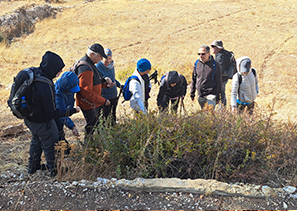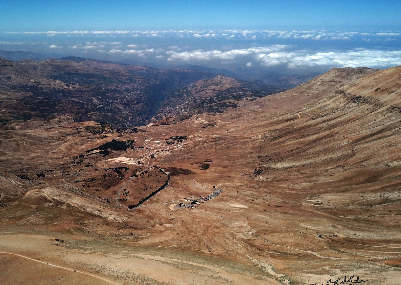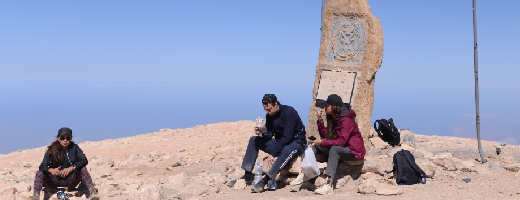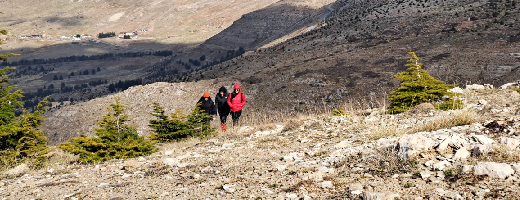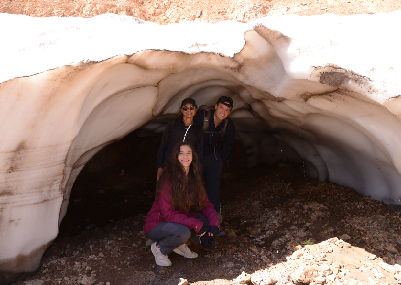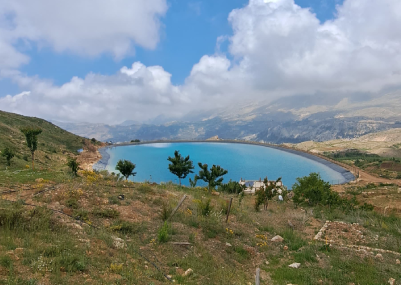
- Home
- Destinations
- Cedars of God
- Trekking
There are a million ways to travel, but few resonate in the way that trekking does. Get back to nature, challenge yourself and enter landscapes well beyond our urban environments.
- Cedars
Trekking definition
Trekking is a form of outdoor recreational activity that involves long and adventurous journeys, typically on foot, through challenging and often remote terrain. It is a popular activity among nature enthusiasts, hikers, and adventure seekers who seek to explore natural landscapes, encounter diverse ecosystems, and experience the thrill of traversing varying elevations.

Key features of trekking include:
Trekking offers a holistic outdoor experience that combines physical activity, exploration, and a connection with nature. It provides individuals with the chance to challenge themselves, appreciate the environment, and create lasting memories of outdoor adventures.
On Foot
Trekking primarily involves walking or hiking. Participants rely on their own physical abilities to cover distances through different types of terrain.
Duration
Treks can vary in duration, ranging from short day trips to extended multi-day journeys. Some treks may even last weeks, especially in more remote and demanding locations.
Challenging Terrain
Treks often take participants through diverse landscapes, including mountains, forests, deserts, and other natural environments. The terrain can be challenging, encompassing steep ascents, descents, rocky paths, and sometimes river crossings.
Adventure and Exploration
Trekking is about exploration and adventure. Participants may discover hidden gems, encounter wildlife, and appreciate the beauty of nature along the way.
Self-Sufficiency
Participants typically carry their own backpacks with essentials like food, water and spare of clothing. Self-sufficiency is a key aspect of trekking.
Cultural Interaction
Many treks take place in regions with unique cultures and communities. Participants may have the opportunity to interact with local shepherds and experience the cultural richness of the area.
Fitness Requirement
Trekking can be physically demanding, requiring a reasonable level of fitness. The difficulty of treks can vary, with some suitable for beginners and others designed for more experienced hikers.
A1 & A2
Goat travelling path
Cedars of God entrance, walk through the forest, exit from the eastern gate. Taking the paved road, turn right onto a dirt road, reach an unused water canal. Passing a hamlet, continue uphill, turn right at a water canal intersection, walk down the canal, then left on a dirt road for a few kilometers. Climbing towards Nabaa el Bhiss spring. Following the water canal until near the end the transportation vehicle is delivered.
Black-Peak
The Plantation-SALMA trek
The Plantation-SALMA trek presents a challenging loop, commencing at an elevation of 1835 meters and ascending to 2435 meters. Along the way, it weaves through traditional one-roomed old houses, leading to the renowned plantation of the "Cedrus Libani." As the trail ascends, it traverses the upper region of Shaab Arnoub, resembling a rainbow, before descending through the scenic agricultural orchards bordering the Bsharri-Bekaakafra valley known as "El-Shish." The journey culminates at the majestic Plateau of the Cedars.
Treck Escapades


